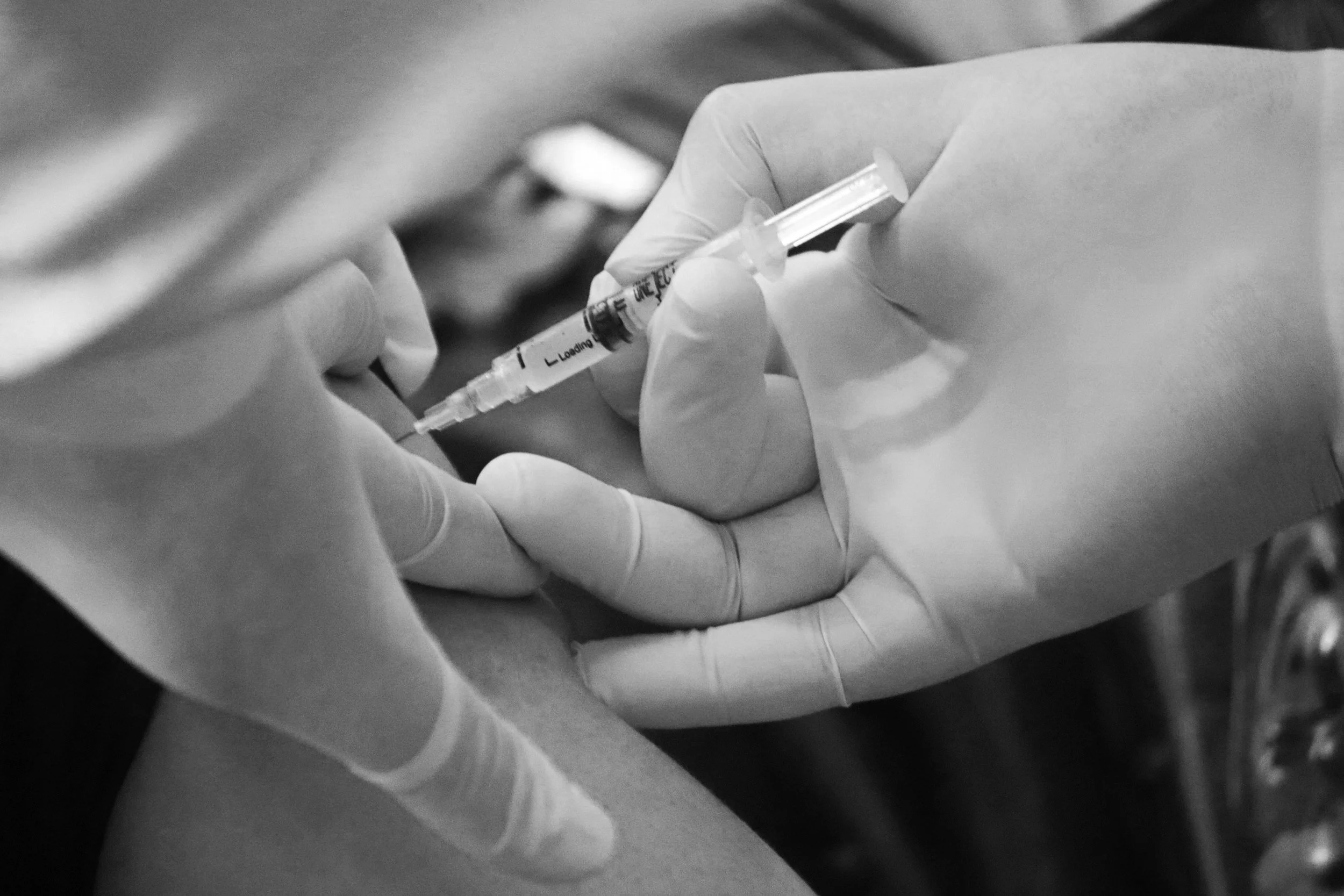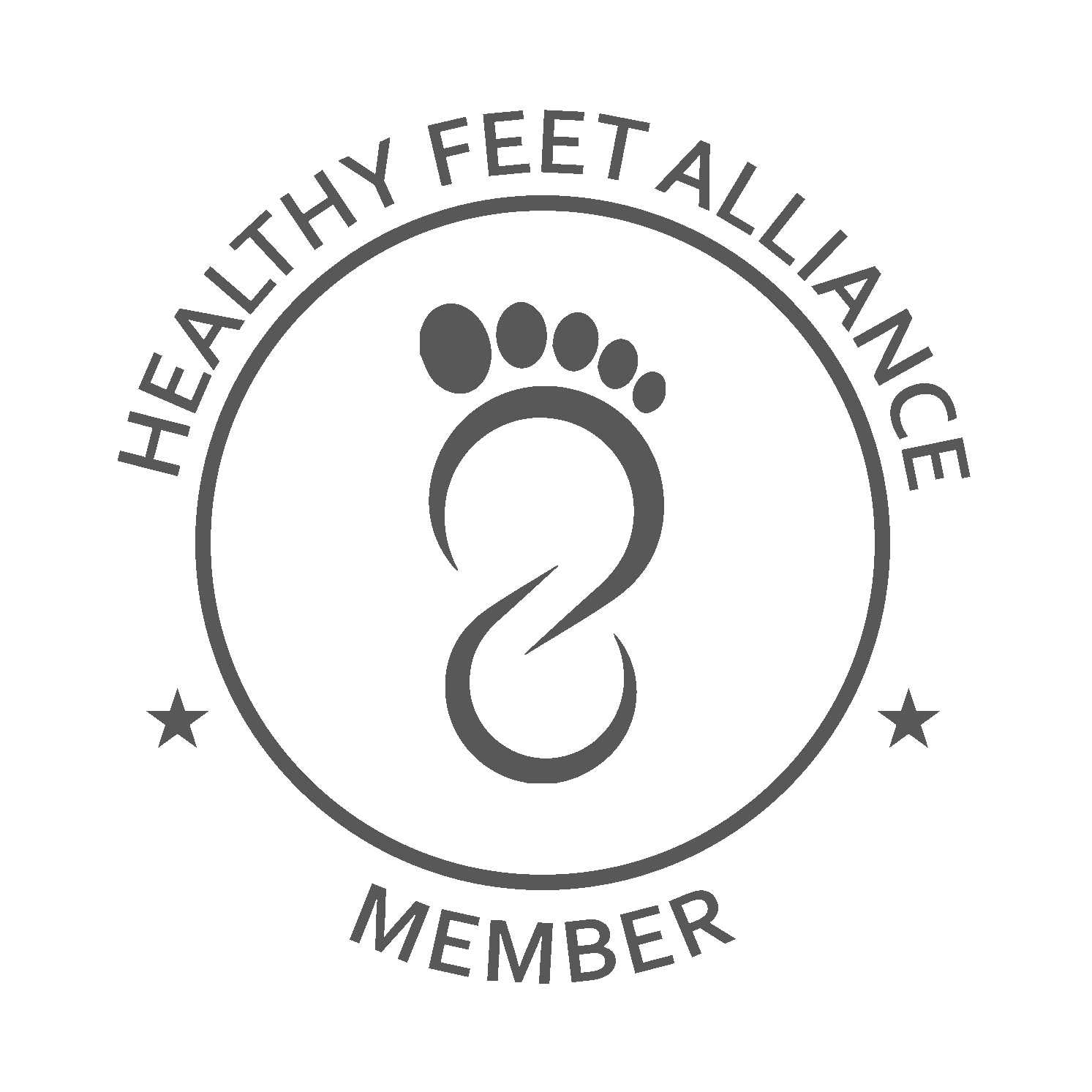Enhancing Recovery with Injection-Based Therapies
At Reactivate Muskoka, we offer advanced, evidence-based injection therapies to help reduce pain, promote healing, and improve mobility. While these injections can be effective on their own, we recognize that true, lasting recovery often requires addressing the underlying causes of pain and dysfunction.
That’s why we take a holistic approach, integrating injection-based treatments with acupuncture, shockwave therapy, chiropractic adjustments, exercise-based rehabilitation, massage therapy, and mobility work to support your body’s healing process from every angle.
Steroid injections
What Are Corticosteroid Injections?
Corticosteroid injections — often called steroid injections — are used to reduce swelling and pain, especially during flare-ups or with long-term joint or soft tissue problems.
These injections work by calming down the body’s inflammation, which is often what causes pain in joints, tendons, or muscles.
While they are great for pain relief, they don’t fix the actual cause of the problem or stop the condition from getting worse over time.
What Can Corticosteroid Injections Help With?
These injections are used to treat several common conditions, like:
Osteoarthritis: Especially in the knee, shoulder, or hip
Tendinopathies: Like rotator cuff tendinitis, tennis elbow, or golfer’s elbow
Plantar Fasciitis: Helps with heel pain
Bursitis: Eases swelling in the hip, knee, or shoulder
Carpal Tunnel Syndrome: Reduces wrist inflammation
Are There Any Risks?
These injections are very safe, but rare side effects can happen:
Joint infection: Happens in about 1 in 30,000 injections
Avascular necrosis (damage to the hip bone): Happens in about 1 in 250,000 — mostly when people use high-dose steroids for a long time, not from a single shot
How Is the Injection Done?
At Reactivate, a Sports Medicine Doctor gives the injection.
Here’s what happens:
The skin is cleaned with alcohol.
The doctor inserts a needle with the medicine into the joint space.
Sometimes, the needle touches bone or cartilage — this can feel a bit uncomfortable, but the doctor will adjust it to avoid this.
Once the medicine is injected, the needle comes out and a bandage is placed on the spot.
What Should I Do After the Injection?
Sometimes, pain may get a little worse right after the injection. This is called a steroid flare, and it usually lasts less than 48 hours.
To avoid this, don’t overdo it — try not to lift heavy things or put too much pressure on the joint for a couple of days.
If your joint gets hot, red, or very swollen, or if you have fever or chills, go to the emergency room — these could be signs of an infection.
What Other Treatments Help the Injection Work Better?
Steroid injections help with pain and swelling, but they don’t fix the damage or improve how the body moves. That’s where complementary therapies come in:
Exercise Therapy and Stretching: Once the pain goes down, we focus on strengthening muscles and improving how your joint moves. This helps prevent the problem from coming back.
Acupuncture: This can boost the pain relief by helping blood flow and calming the body’s nerves and inflammation even more.
Chiropractic Care: If your joints are not lined up properly, it puts extra stress on injured areas. Gentle adjustments can help improve movement and take pressure off sore spots.


